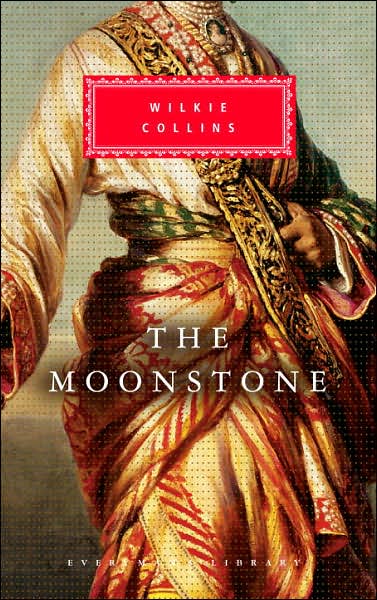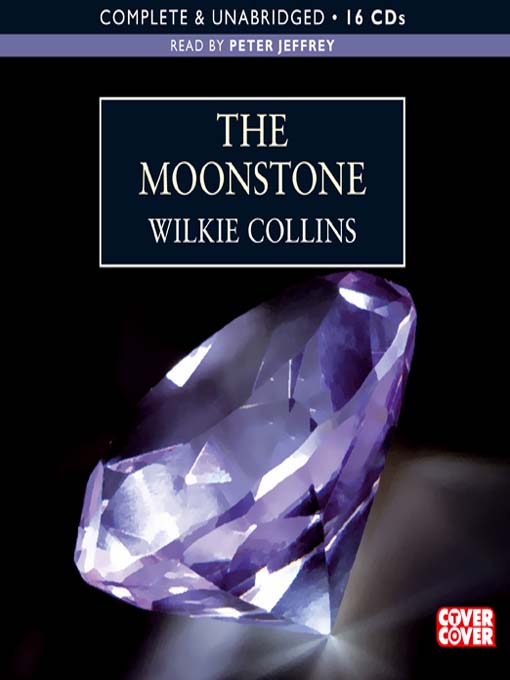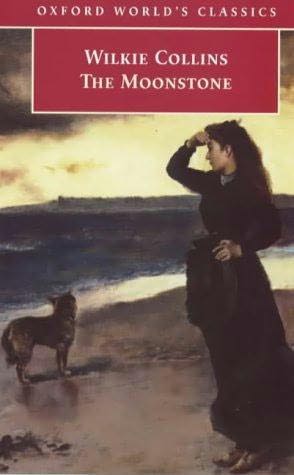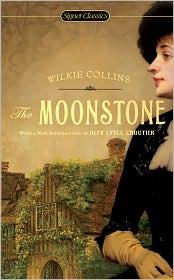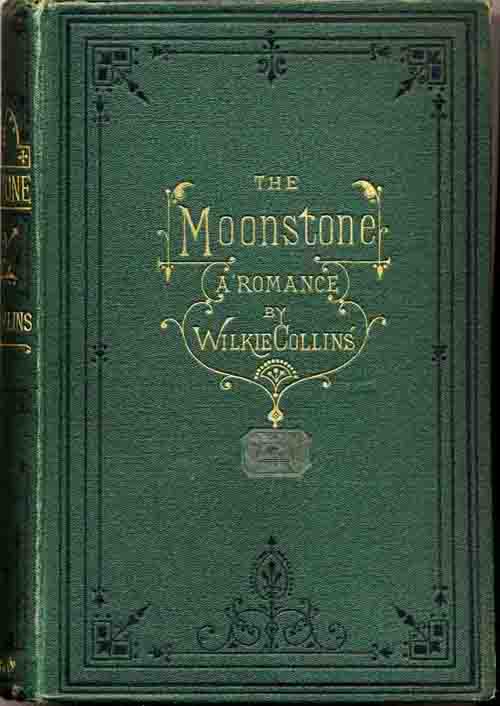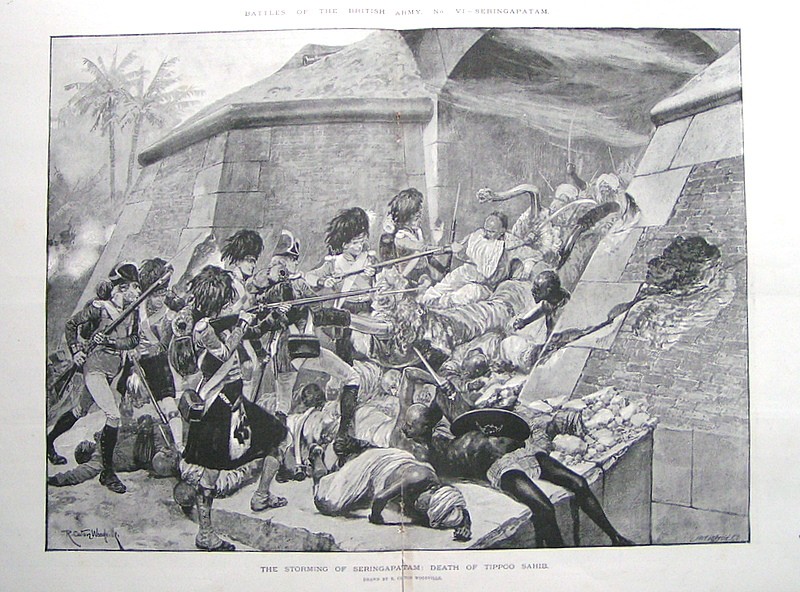
I saw a lovely run through of
The Moonstone right before the holiday break and I have been thinking about the women's roles.
I have always found women in Collins novels to be more assertive than one would expect from a Victorian novelist, which might speak to our misconceptions about Victorian women, but in particular Collins shows women acting forcefully on their own behalf which makes them feel very modern.
Lady Julia Verinder is clearly a force to be reckoned with. She is a long time widow she runs her esta
te. She has shunned a brother because of his questionable morals. She has taken pains to make sure that her estate is protected for her daughter. This is no small feat given the complexity of inheritance laws during the era and the favoring of male family members or husbands in how property was dispersed and controlled.
Additionally, Lady Verinder has been hiding a serious illness. Most critics feel the strange turn the novel takes about Lady Verinder's health issues is tied his own mother, who became sick and died while Collins was writing The Moonstone. His grief over his mother influenced the strength with which she is depicted and described. (Rachel with her mother as Godfrey Ablewhite and Miss Clack look on in the Arthur Fraser Illustration above.)

Rachel Verinder is much like her mother. She bears the brunt of public accusation and scorn both for the moonstone and a broken engagement. She conceals information to protect those she loves even at great personal expense. What interests me particularly about Rachel is the loss of identity she experiences when she discovers someone to have been untrue. In a complex intellectual move she experiences a diminution in herself because she failed to have the good judgement to make good decisions about others. (Rachel Verinder confronting Franklin Blake in another Arthur Fraser illustration at left.)
She also reminds me of another heroine in the Collins novel
The Law and The Lady. Published in 1875 it follows the adventures of Valeria
Brinton who discovers that her new husband married her under a false name. She further learns that her husband had a Scottish verdict of "not proven" in a trial on the murder of his first wife. When her husband flees in disgrace Valeria turns detective to prove her husband innocent and save their marriage. Similarly, Rachel is willing to shun convention to protect those she loves.
Collins is also interested in the plight of working class characters and that ambiguous class of genteel poverty in which Miss Clack resides.
Rosanna Spearman we are told from the outset has had a difficult life and been a thief and in an institution for reform. Many Victorian reform institutions for women were for prostitutes. While Rosanna is specifically identified as a thief she expresses a very un-Victorian trait, an open expression of her love and desire for a man who is her social superior. Spearman also works to conceal information for one whom she cares about. She is plain and has dealt with both the difficult unmentioned childhood and almost complete isolation from her fellow servants in the household in Yorkshire. The combination of both the lack of resources available to her and the tragic bravery she shows in the story are meant to give us both a critique the circumstances that led to her situation and evoke sympathy from the reader or audience.
Miss Clack is a delightful narrative voice in that she provides a complete contrast to Betteridge and her language, peppered with religious platitudes and moral aphorisms and her entirely different view of certain members of the family lets us clearly know we are in the world of first person testimony and that while the various narrators will stick to what they know their opinions will be colored by their prejudices. Clack is also a figure that was problematic to the Victorians and later eras. She is an extra woman, raised to be in the upper classes but not married off because of either lack of funds or lack of interest. Now beyond the age of marriage the question remains of what these women are to do, particularly women with diminishing incomes and a class based desire not to engage in work. Clack, like so many other single women turns to charitable work as she herself relies on charity from her wealthier family members.
It is important to consider that although Clack is a figure of fun in the novel. Women's groups were responsible for campaigning for many noble causes including stricter labor laws, particularly child labor, women's suffrage, and the anti-slavery movement. It was the growth of schools (championed by many of these women) that led to wider literacy that gave Collins a broad reading audience for his serialized works. So while Clack with her tracts is certainly humorous it is important to think of her in context in a world that would have had deep limitations for her because of her upbringing, her modest circumstances and the roles available to her as a woman.
 I realized I have discussed some of the gender issues for Victorian women in The Moonstone, but there are also issues for the men.
I realized I have discussed some of the gender issues for Victorian women in The Moonstone, but there are also issues for the men. Blake and Ablewhite present two competing ideas of masculinity in the era and yet both are still could be somewhat standard Victorian men.
Blake and Ablewhite present two competing ideas of masculinity in the era and yet both are still could be somewhat standard Victorian men.







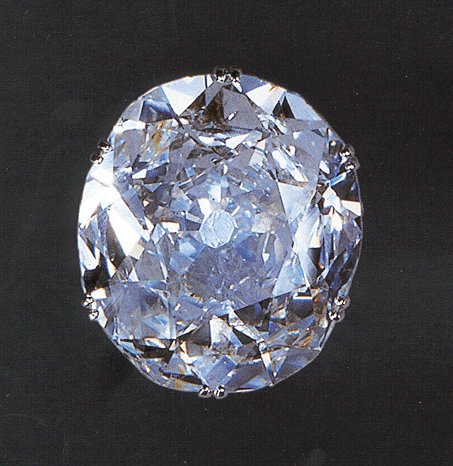



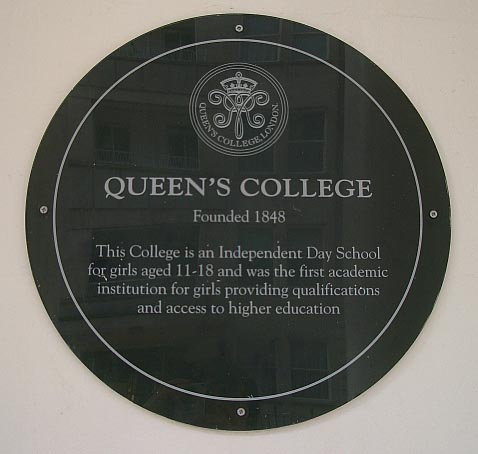

 They tend to fall into four categories: focus on a woman or women (either in fancy dress or at the shivering sands), an exterior of a home or street(generally Gothic looking), the diamond, the Indians or an exoticized image of the god. In the case of older covers these foreign representations seem offensive and on one the quote from Dorothy L. Sayers is larger than Collins name.
They tend to fall into four categories: focus on a woman or women (either in fancy dress or at the shivering sands), an exterior of a home or street(generally Gothic looking), the diamond, the Indians or an exoticized image of the god. In the case of older covers these foreign representations seem offensive and on one the quote from Dorothy L. Sayers is larger than Collins name.
